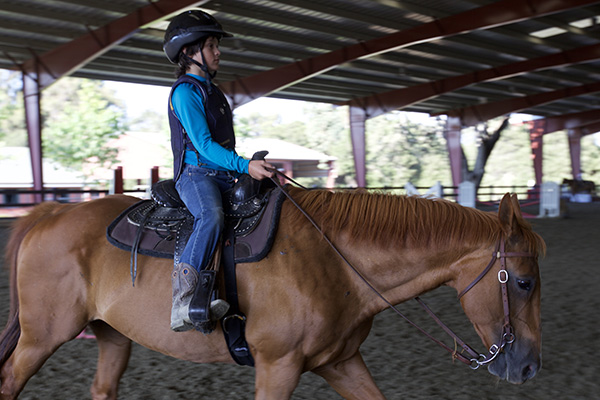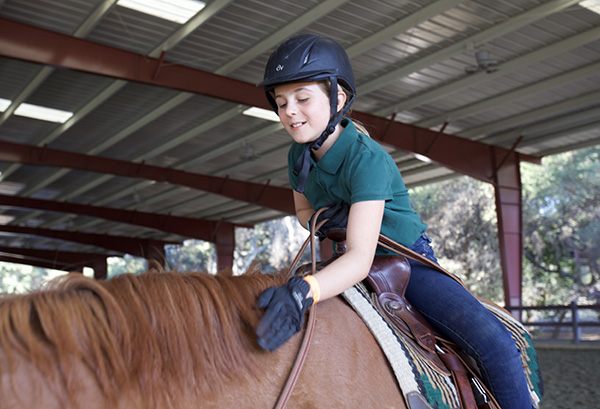Athletic Equestrian League to Launch Inaugural Western Program
Etna, NH—The Athletic Equestrian League, an organization offering horsemanship competition for riders from first grade to adult, is launching its inaugural western program with the start of the 2018-2019 academic season. This unique equestrian challenge allows riders to test their skills in three ways: first in western horsemanship, next on a pattern which blends elements of ranch, horsemanship and trail, and finally an unmounted horsemanship practicum.
“In western riding, there is this old tradition of cowboys and cowgirls who needed these skills for their survival,” says Taylor Singmaster, Director of AEL Western. “Cowboys had to be empathetic to their mount or else the horse could burn out, and then they wouldn’t be able to feed their families. Western riding isn’t just a sport—it is a symbol of the Great American West.”
The Athletic Equestrian League was founded in 2010 by long time intercollegiate coach Sally Batton in order to offer riders the opportunity to be judged by objective, not subjective, criteria. “In a typical equitation class, a rider might be the weakest of the strong, or the strongest of the weak,” says Batton. “So the results don’t always reflect actual performance.”
At an AEL competition, riders are judged against a set standard, not the other riders in the class. Their three classes are held back to back, making it easier on younger riders and parents. Similar to other interscholastic offerings, riders compete on a horse provided by the show host.
 One of the most unique aspects of the AEL is that riders leave the show with a set of written comments from the judge about their performance, letting them know what they are doing well and what they still need to work on. “There may be six riders in a class, but really you are riding against yourself,” says Batton. “Riders are always trying to improve their scores based on judges’ comments.”
One of the most unique aspects of the AEL is that riders leave the show with a set of written comments from the judge about their performance, letting them know what they are doing well and what they still need to work on. “There may be six riders in a class, but really you are riding against yourself,” says Batton. “Riders are always trying to improve their scores based on judges’ comments.”
Up until now, AEL was only an option for English riders. “In creating the western division of AEL, we tried to keep it level with the English side,” says Singmaster, who coaches a western AEL team based at Stanford University.
In their group horsemanship class, which counts for 40% of their score, western riders are assessed on their position, handling of the horse during transitions, and some elements of ranch riding like posting. Riders exit the arena and then demonstrate an individual pattern ride on the same horse. Patterns are a fusion of elements from trail, horsemanship and ranch riding competition, and the performance counts for 40%. Finally, riders complete an unmounted horsemanship practicum, which accounts for 20%.
“There are other associations out there which offer western competition, but we have our own spin on it,” says Singmaster. “By combining these events, we are creating a more overall western sport, focused on how the competitor’s riding influences the horse. It isn’t just about the most glitter or fanciest horse.”
To learn more about how to participate or even start a team of your own, visit the Athletic Equestrian League website at http://www.aelwestern.com/.











